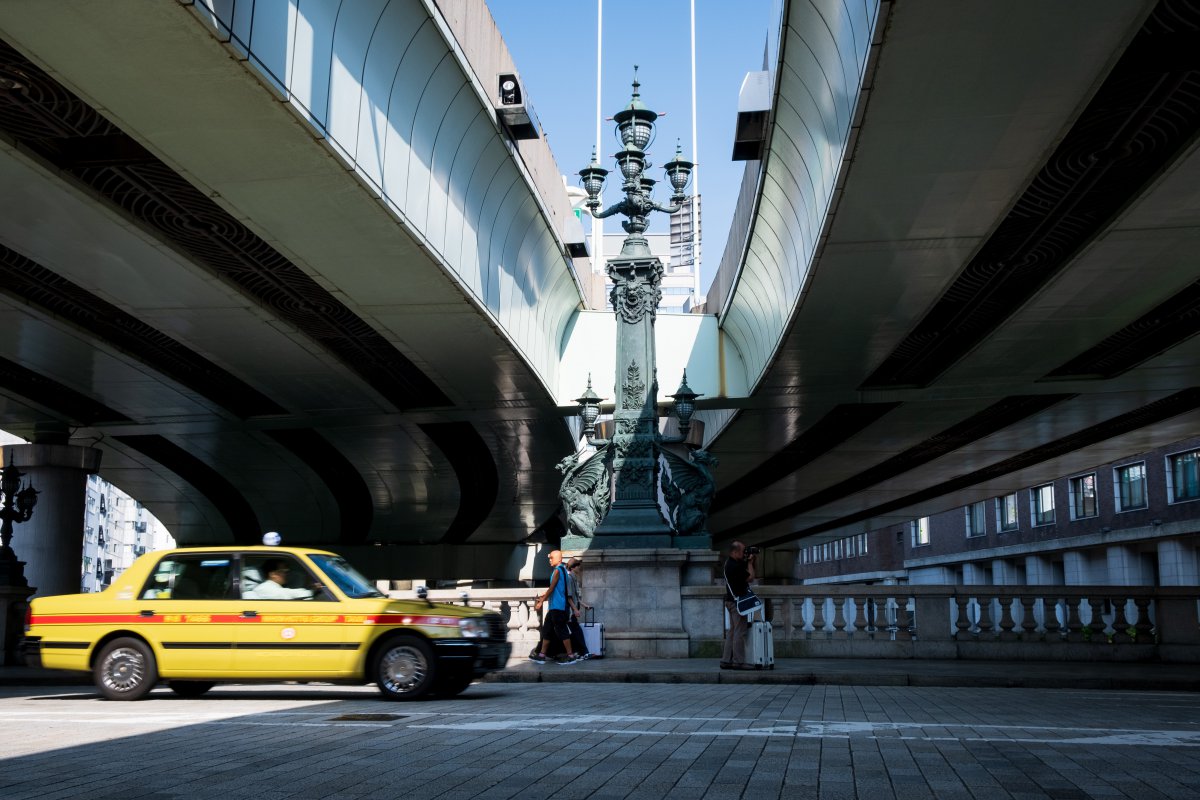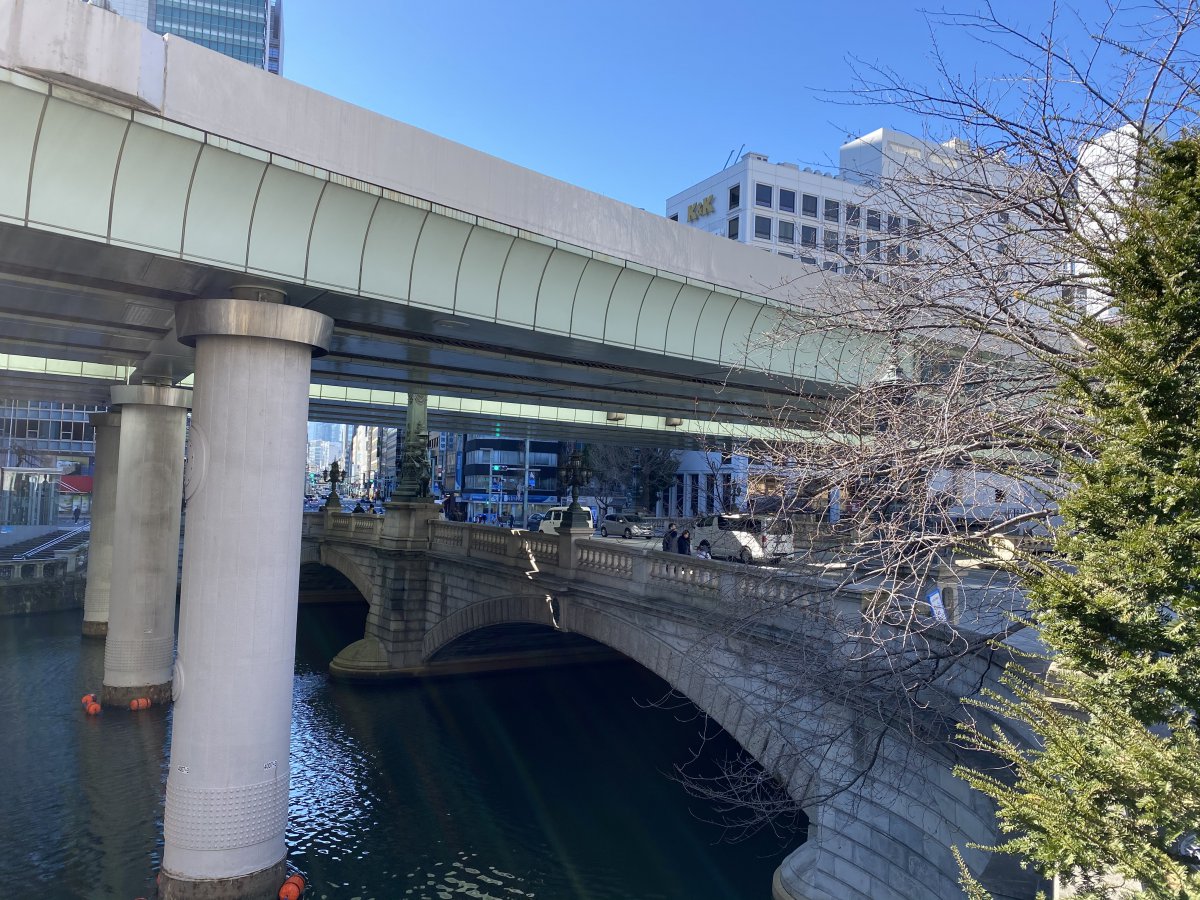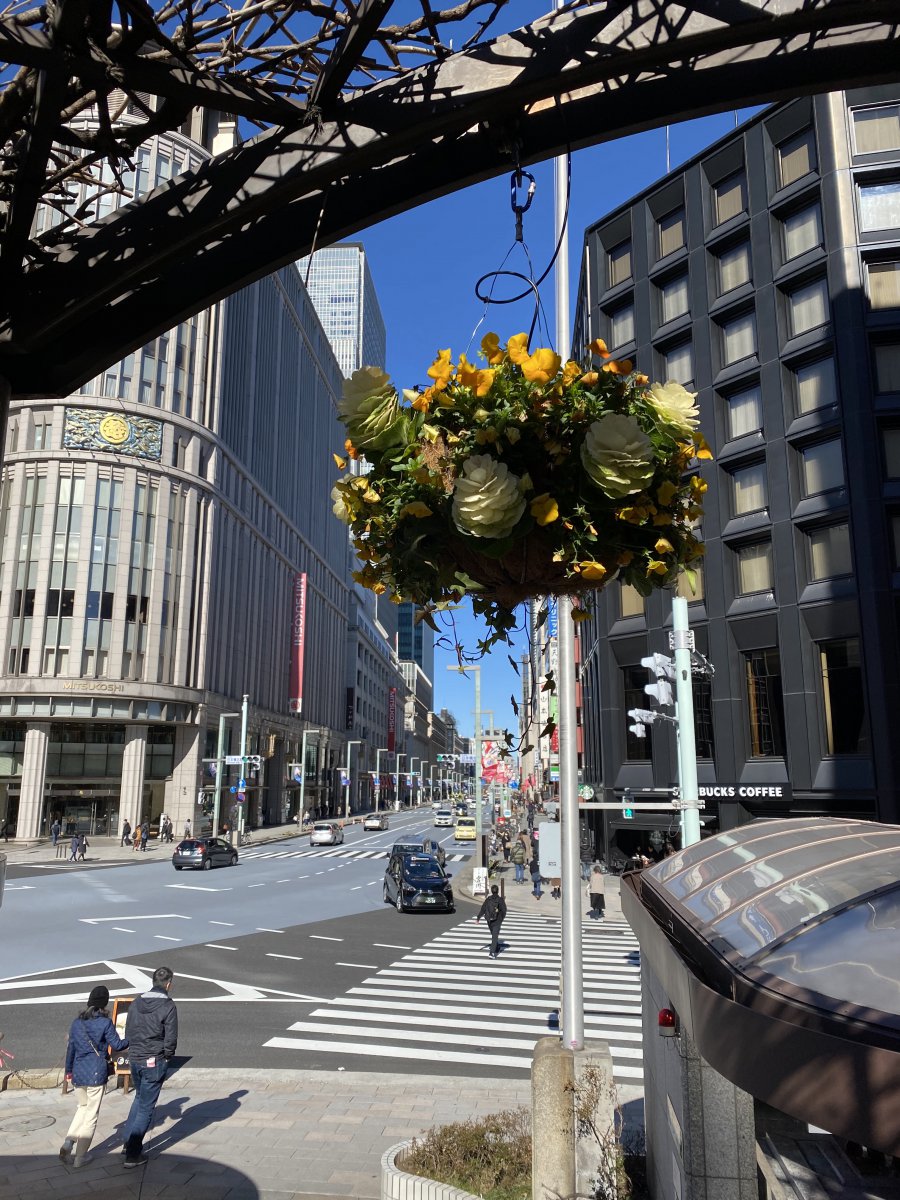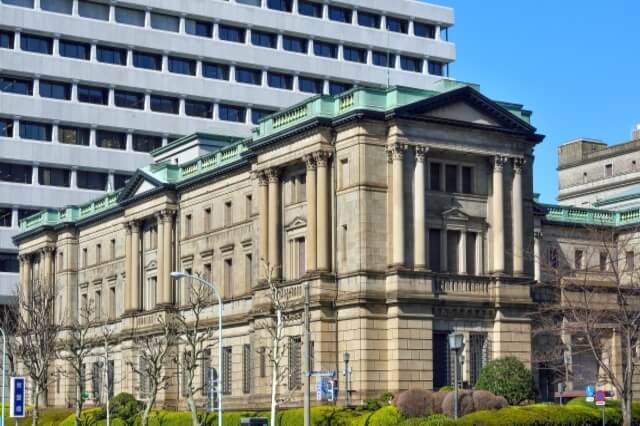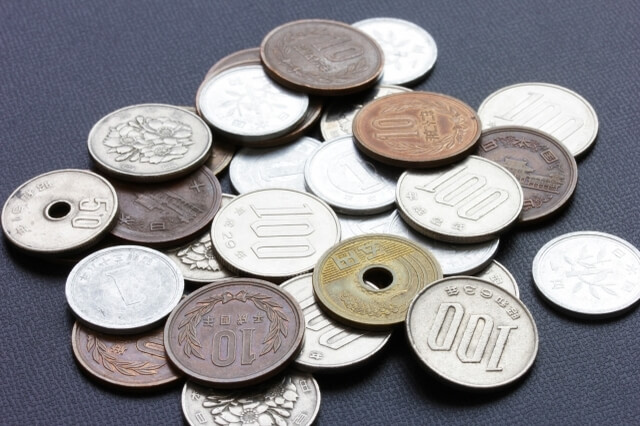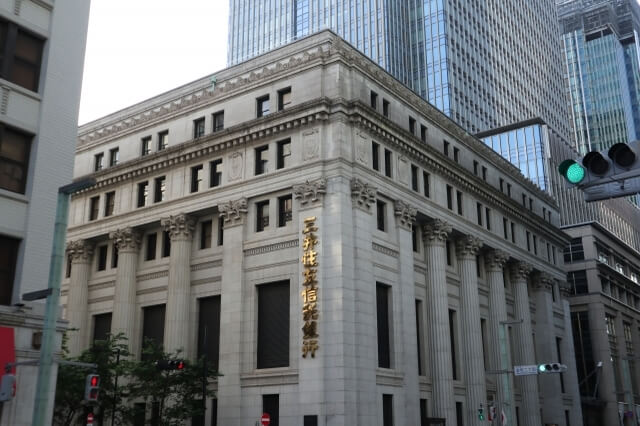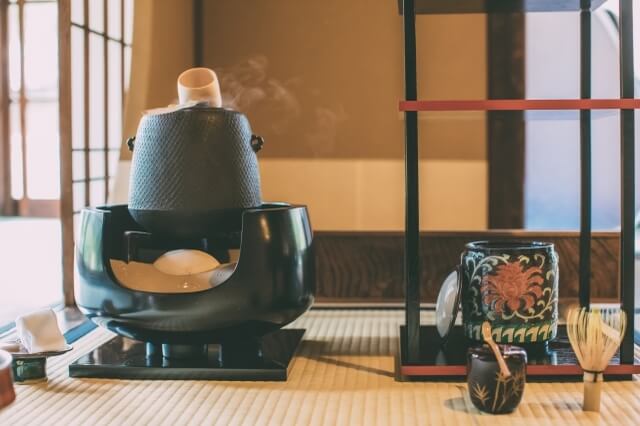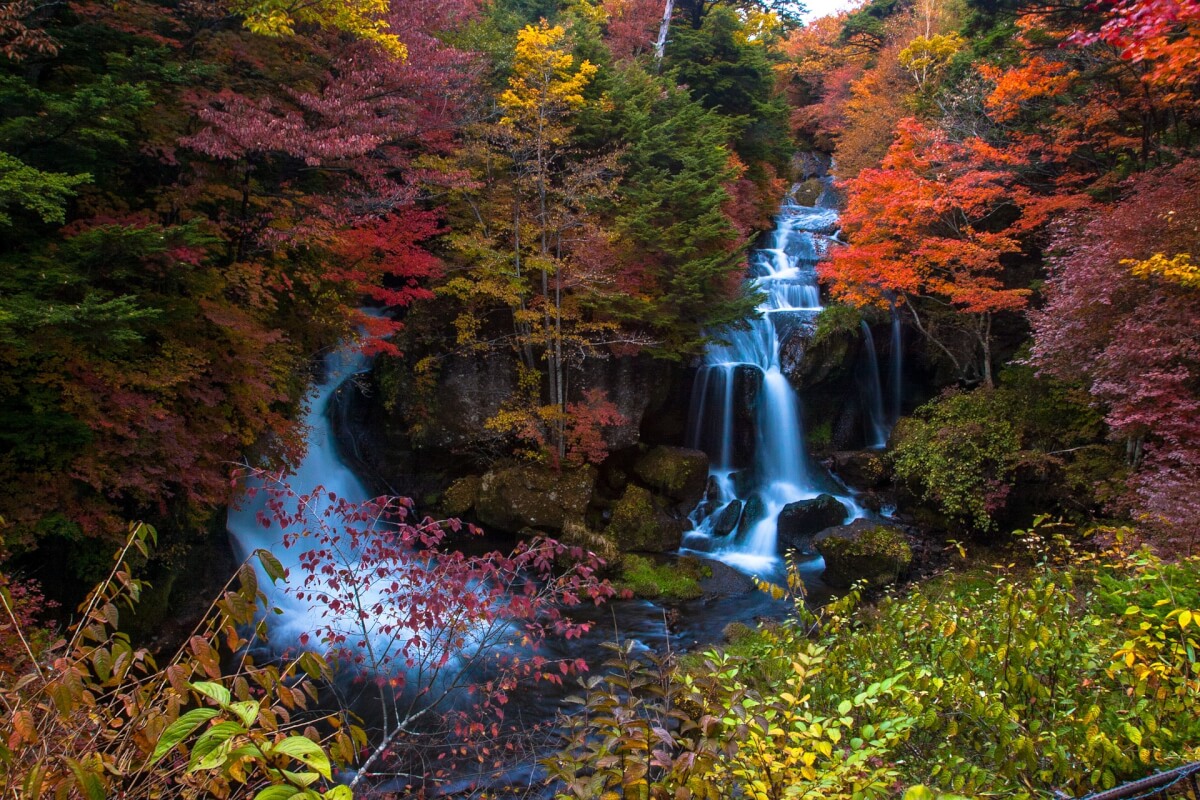The Nihonbashi (also known as “Nihonbashi bridge”) is an iconic bridge located in the Chuo ward in Tokyo, east of Tokyo station. It often appears in Japanese traditional arts, such as Ukiyo-e, painted as an iconic landmark. It is located in the buzzing commercial district that was named after the iconic bridge. Many tourists visiting the area are surprised by the many shops that specialise in traditional crafts or local foods from across Japan, such as gold leaf, knives, chopsticks, sake, seaweed and sweets. But often they don’t know about the area’s long history and the background stories. We will help you understand the details of the symbolic bridge in the Nihonbashi area deeply through a brief introduction of the history. Also, we will introduce a number of tourist attractions that are worth to visit in the area.
Brief history of Nihonbashi – 日本橋
Nihonbashi is written in Japanese as 日本橋 can be translated as Japan 日本 Bridge 橋. Nihonbashi is the core of Shitamachi, the old downtown center of Edo-Tokyo, before Shinjuku and Shibuya and other newer centers arose. The original bridge was built in 1603 by Tokugawa Ieyasu, a famous warrior and politician who started the Tokugawa Shogunate in the same year. The Tokugawa Shogunate was a powerful feudal government which ruled the entire country for over 260 years. The construction of the bridge was a part of Tokugawa’s plan to develop a main transportation system throughout the country. The bridge has been the kilometer zero marker for Japan’s national highway network since the early Edo Period. The five main roads Gokaido (also known as “Five Highways”), which connected Edo with other provinces and regions during the Edo era, all started here.
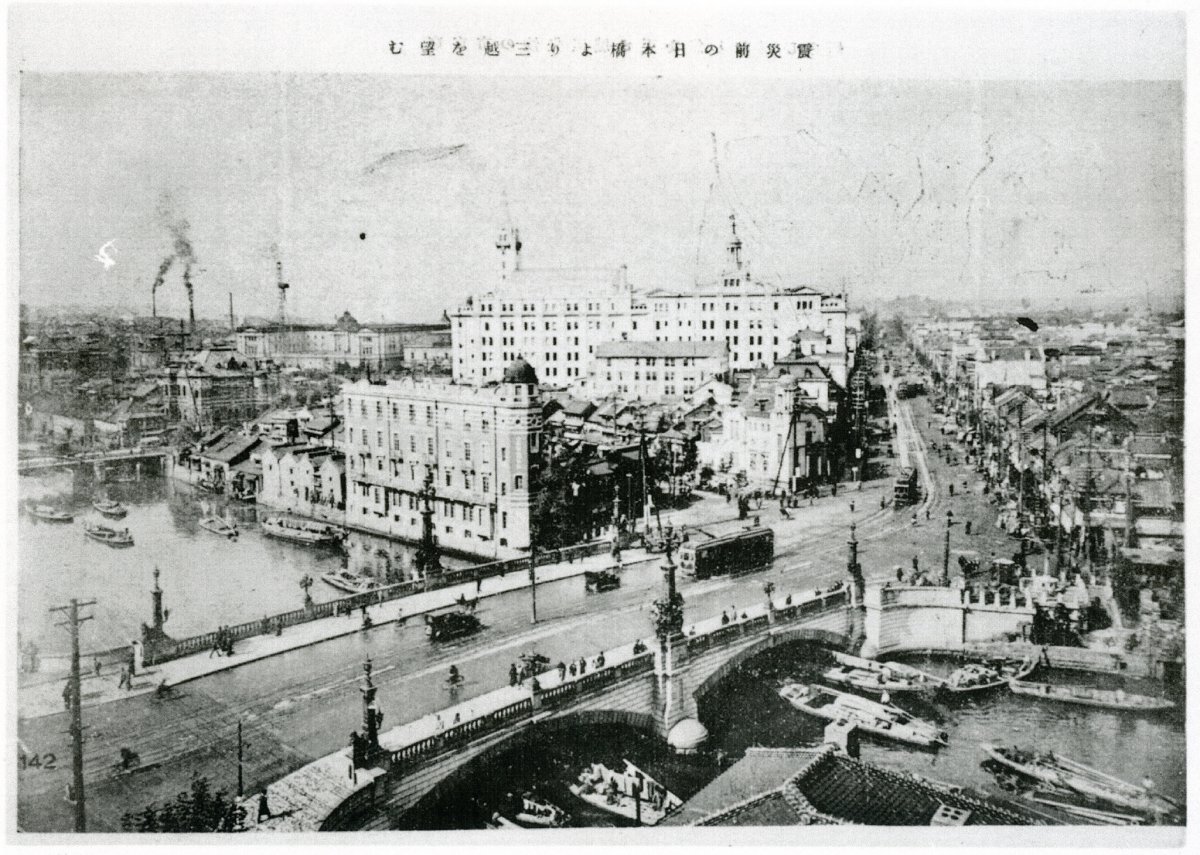
The original bridge was constructed out of wood, and repeatedly burnt down in the Edo era. As most of the buildings in those days were made of wood, fire was one of the most terrifying (natural) disasters. The current bridge however is a concrete one with a better strength and resistance to fire. The replica of the original wooden bridge is displayed in Edo Tokyo Museum and you can walk across it.
Because of its’ position as the centre of Japan, many shops settled in the area, lining the streets and shipping canals. When you walk around in the area, you can still visit many of these shops. However, they can be difficult to recognise as they have transformed their looks too. The development of the area is largely thanks to the Mitsui-family, a powerful merchant family that opened the highly successful shop Echigoya, selling kimono fabric, which was later developed as Japan’s first department store.
Present day, the Nihonbashi area is a popular area that is still re-developing and many new building projects take place in the area. The buzzing center consisting of business, economy, and enjoyable spots, offers a perfect opportunity for you to experience both modern and traditional aspects of Japan. We introduce must visit tourist spots around the area below!
Mitsukoshi
Mitsukoshi is one of the most famous shopping department chain stores in Japan, it was the first department store of the country opened by the Mitsui family. They have a number of shopping stores throughout the country, and the main store is located in the Nihonbashi area. The Harrods of Japan is a huge luxury shopping complex including a large selection of shops. They sell clothing, daily necessities, general goods, jewels and more! There are also restaurants and cozy cafes offering a break time while shopping around.
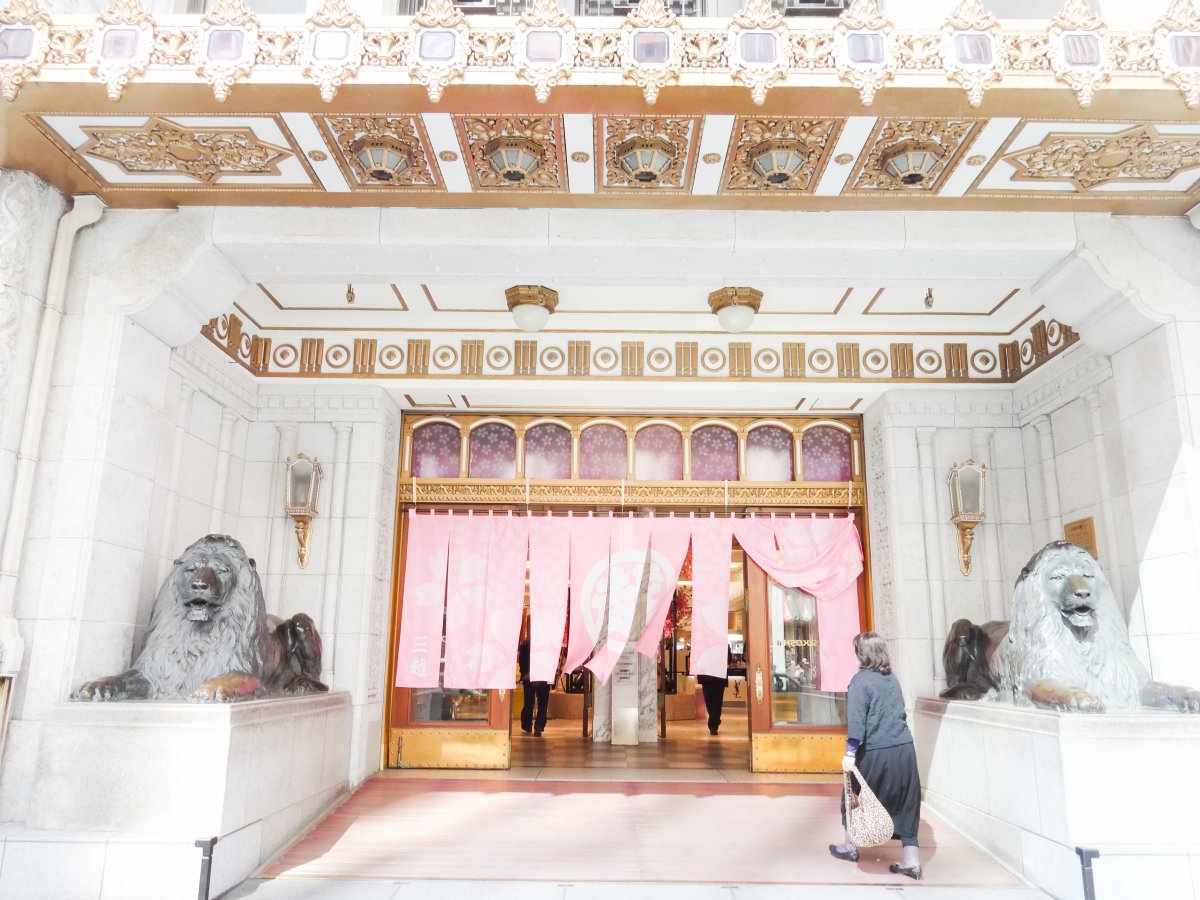
It is also a perfect place to get special snacks and sweets, most of them have food samples for you to try the taste. The department store also has galleries and a theater for entertaining performances and shows. There is more to see and do, so you never get tired and can spend a whole day in Japans’s first department store!
Nihonbashi Mitsukoshi Official Website
10 am – 7pm
Japan Bank
Japan Bank (Bank of Japan) is an official bank which is administrated by Ministry of Finance. It is a central bank of Japan and has played a significant role to stabilise the economy since its establishment in 1882. Their head office is located near Nihonbashi, on the ground of the Kinza, the mint for gold coins. The main building is on the list of Important Cultural Property of Japan. Anyone can enter the historical building to observe the interior and valuable exhibits.
There is a special Currency Museum that was built to commemorate the 100th anniversary of the bank in 1985. It is adjacent to the main building, and visitors can see a large collection of exhibits of Japanese currencies over the ages.
Japan Bank Currency Museum Official Website
9 am – 5pm
Free admission
Mitsui Memorial Museum
Mitsui Memorial Museum is an attractive museum on the 7th floor of the Mitsui Bank main store. It owns a number of valuable arts and works that were collected by the Mitsui family since the Edo era. The exhibits include six national treasures and over 70 Important Cultural Properties of priceless value. Special tools for Sado (Japanese tea ceremony also known as “Way of Tea”) account for about half of the collections, indicating the family’s strong interest in it. There is also a replica of a famous tea room that was originally built in Kyoto. It was later owned by the Mitsui family who used to hold tea ceremonies privately.
Mitsui Memorial Museum Official Website
11 am – 4pm
Admission fee ¥1,000 (adults)
Coredo Nihonbashi
Coredo Nihonbashi is another big shopping complex located in the Nihonbashi area. It is operated by Mitsui Group and contains a number of shops and convenient services. As it is directly connected to Nihonbashi station, many people go there after work to get some food or refreshing services such as beauty salons. There are also several restaurants which offers a wide variety of cuisine, including some Japanese traditional dishes.
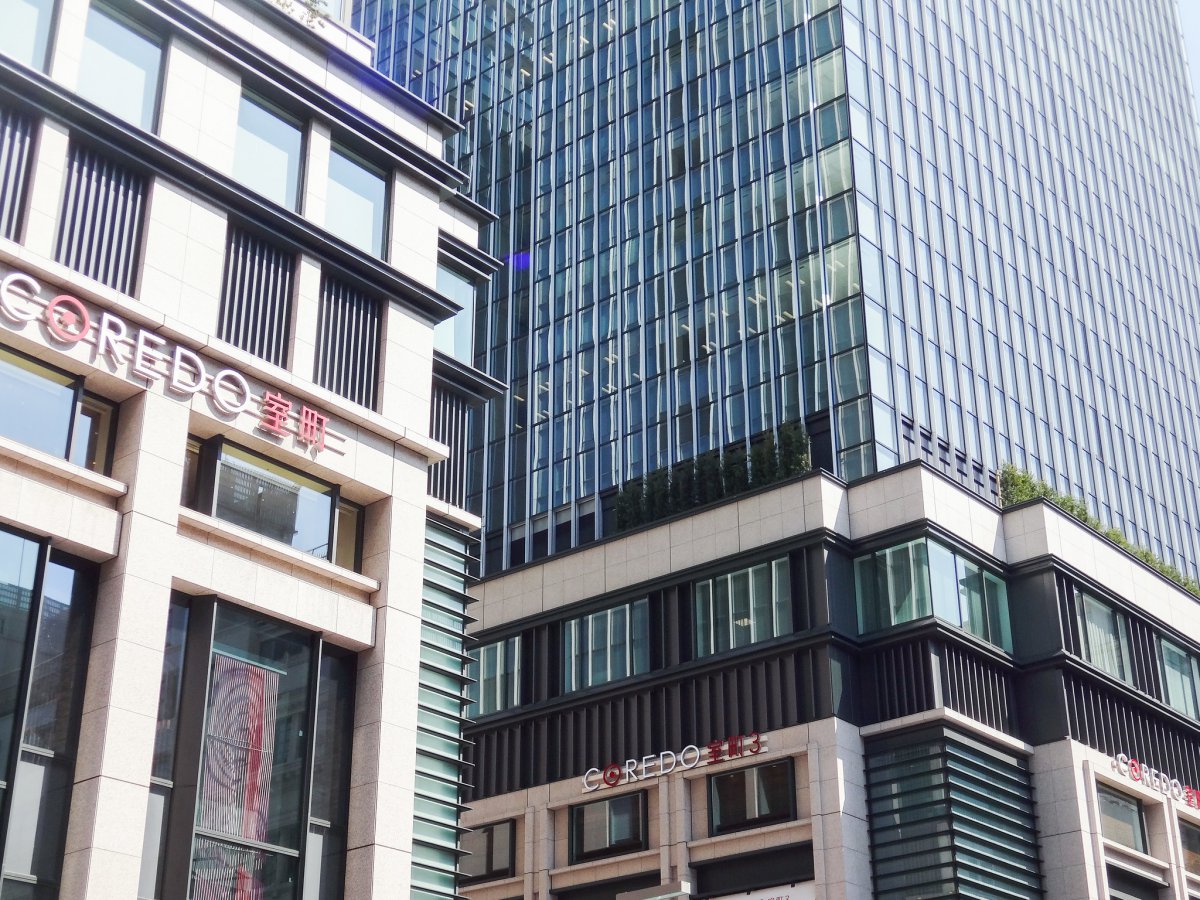
Coredo Nihonbashi Official Website
The opening times vary depending on each store.
Fukutoku Shrine
Fukutoku Shrine is a historical shrine that is over a 1,000 years old, located a stone’s throw away from Mitsukoshi-mae station. The tiny shrine has had to move ground continuously during the Nihonbashi area’s redevelopment, before finally settling into its permanent location. Stumbling across this beautiful small shrine in the busy, urbanised district full of giant business buildings, will come as a surprise!
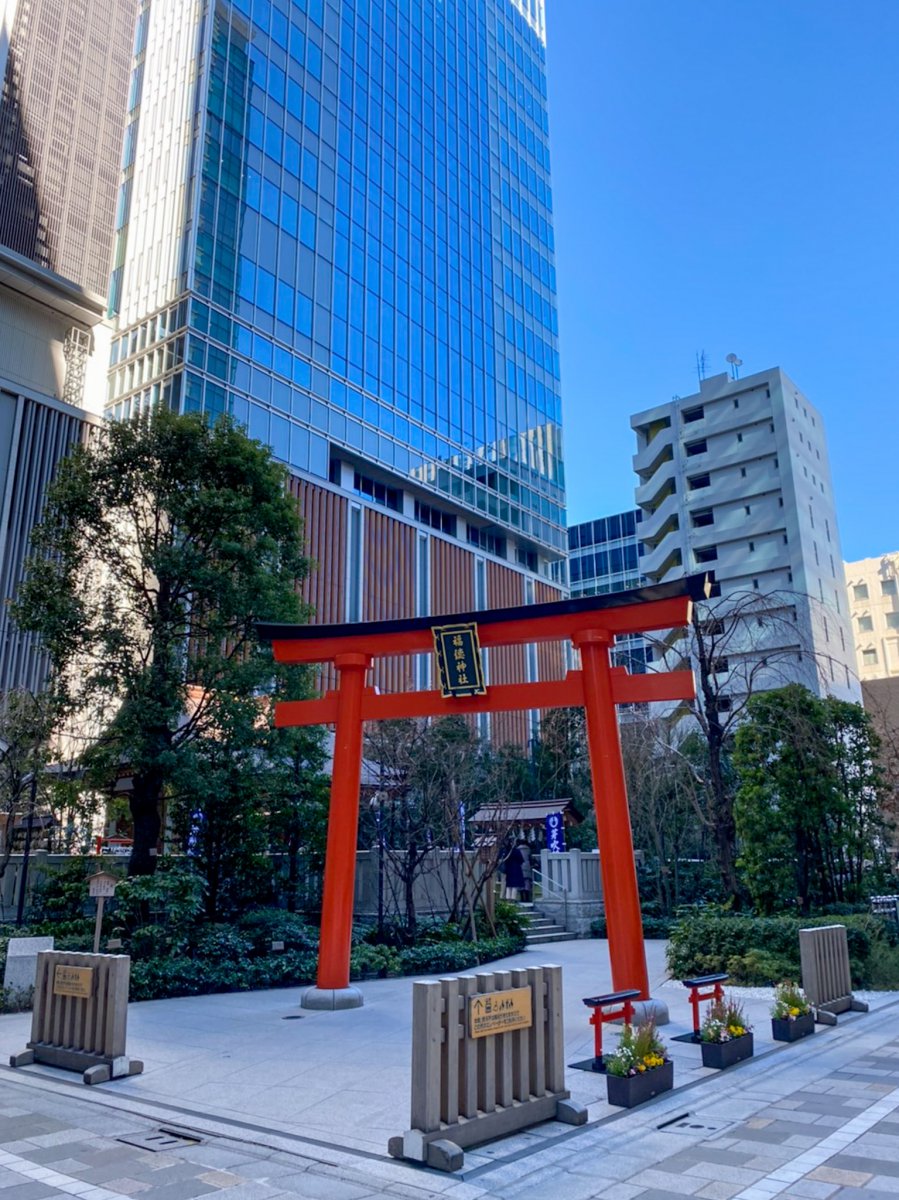
It is believed to bring various kinds of fortunes, especially a good luck in winning the lottery. Many people visit the shrine with the purchased lotteries, hoping to win the grand prize. It also offers a peaceful time for people rushing in busy days.
Fukutoku Shrine Official Website
Nihonbashi Cruise
You can also enjoy the bridge and the view of the Nihonbashi area from river. There are several companies operating a sightseeing cruise, enabling passengers to visit famous tourist attractions while enjoying a comfortable cruise. Cruising boats take passengers to famous tourist spots as it passes through under famous bridges and travels rivers such as the Nihonbashi river, Kanda river, and the Sumida river. Each of them have their own special characteristics but all offer a great chance to take pictures of popular sightseeing spots. In most cases, it is allowed to bring food and drinks on the cruise!
Traditional shops Nihonbashi
As mentioned above, some of the shops that started operating in the Edo period, are still open for business with the business passed on to several generations. A wide range of product including traditional sweets, knifes, paper, and clothes are being sold here. The products are often perfectly suited for modern life while still being based in Japanese tradition.
Ubekeya
This knife store was originally established in 1783 in Osaka, before opening up in Tokyo. They sell a range of products, from tweezers to (Japanese) knives.
Ubekeya
Founded in 1783
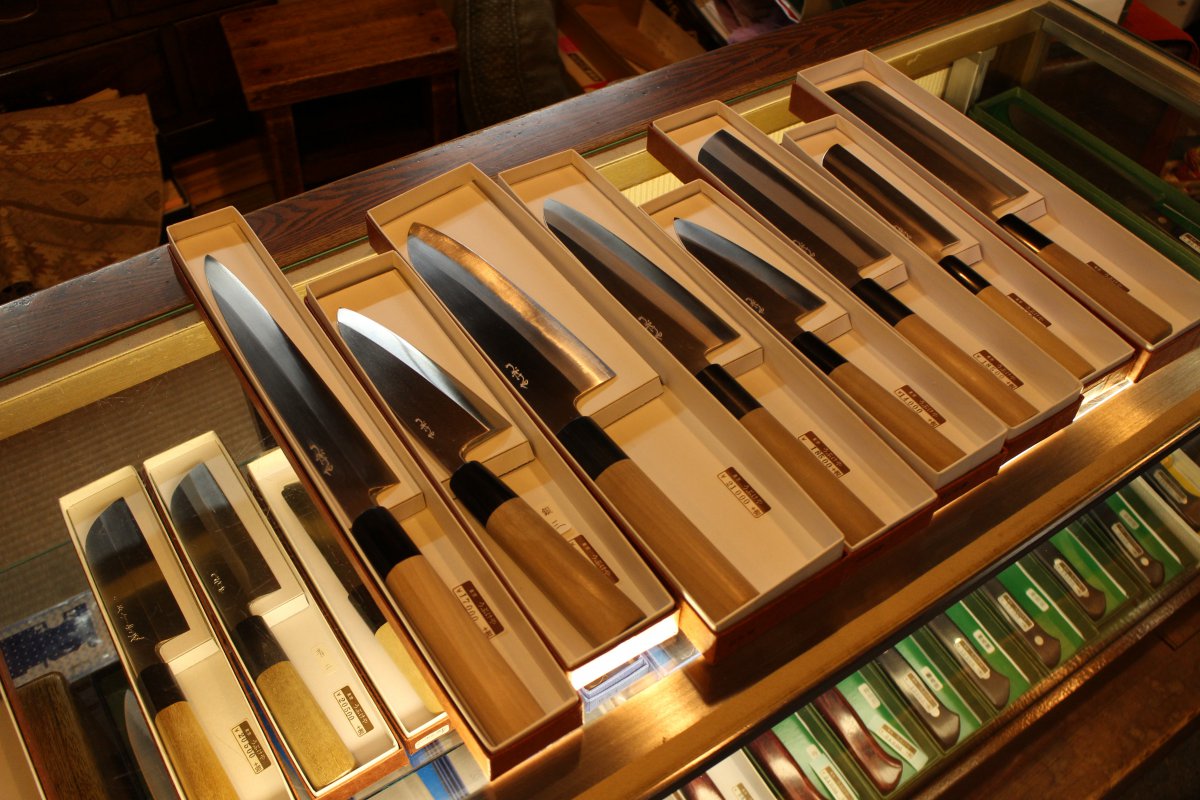
Yamamotoyama
Yamamotoyama has been selling green tea and traditional sweets since for over 300 years. You can also enjoy green tea and Japanese sweets at the in-store cafe.
Yamamotoyama
Founded in 1690
Kawashima Kami Ten
A Japanese paper specialty store that is creating modern products made of high-quality washi paper. They utilise traditional Japanese methods to craft traditional fans, postcard, bookmarks and more.
Kawashima Kami Ten (Japanese only)
Founded in 1673
Yamato-Noriten
This shop is famous for its’ dried seaweed. In the shop they sell (spicy) flavoured or roasted nori and other limited editions. You can also learn about the long history of the company and the process of drying seaweed in the shop.
Yamato-Noriten
Founded 1849
Nakagawa Masashichi Shoten
Nakagawa Masashichi Shoten has been trading in hand-picked, hand-woven hemp fabric for over 300 years. Their Hasami porcelain soba-choco, or small cups used for dipping sauces, are also very popular!
Founded 1716
Gyokueido
This shop is well known for their Tora-yaki, miniature pancakes filled with red bean paste. The pancakes are decorated with a distinctive tiger-stripe pattern. The store also sells over 30 varieties of Japanese pastries, whose shapes and coloring vary with the seasons.
Founded 1576
Visit the Nihonbashi website for an overview of all the stores located in the area
Online Cooking Event
If you live in Tokyo, we have an online event featuring katsuobushi in April 23rd 2021.
You can listen to special stories about the history and secret of Japanese vinegar from a lecturer of Mizkan, a vinegar brewery established in 1804, who contributed to the “sushi boom” in the 19th century by producing special vinegar.
Nihonbashi has been the centre of Tokyo and Japan, since the Edo period. When many shops opened here due to its convenient location. Nowadays Nihonbashi is still a bustling district, where shops of multiple generations as still operating. With a better understanding of the history of the bridge and the area, you can enjoy the Nihonbashi area with more interests. Please find out more about the historical area with our online tour before you visit there on your own in the future!
More articles about Tokyo
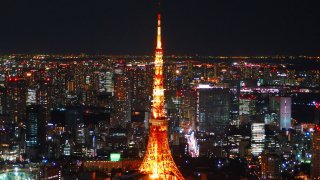
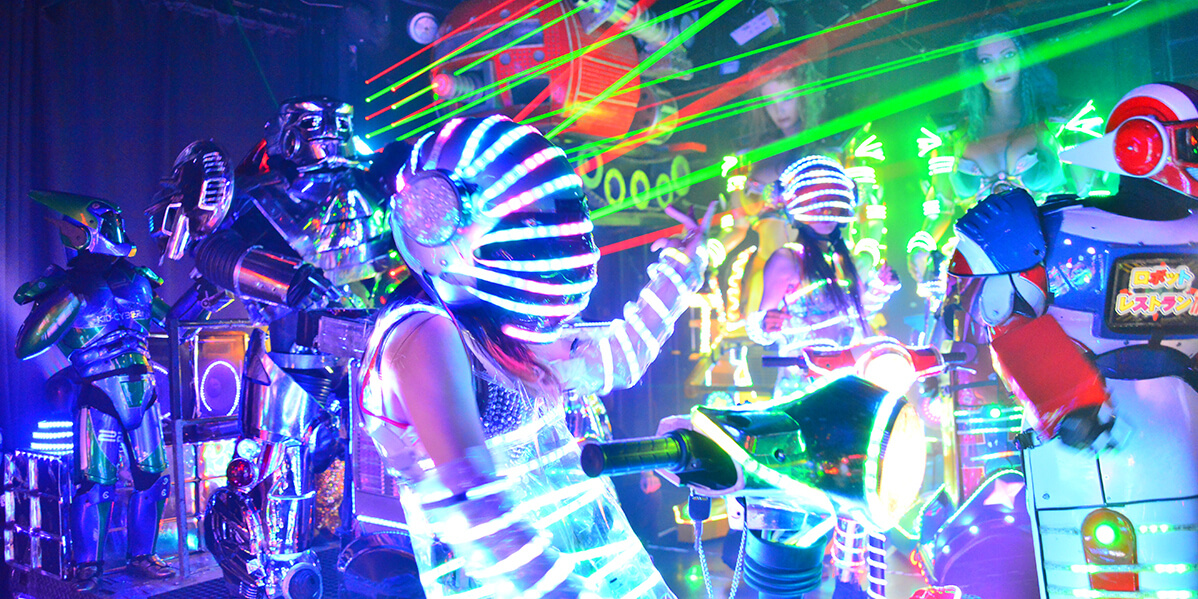

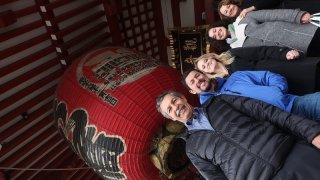

Follow us on Instagram or Facebook for more travel inspiration. Or tag us to get featured!
Happy travelling!
This post contains some affiliate links. When you click through and make a purchase we may receive some commission, at no extra costs to you.
